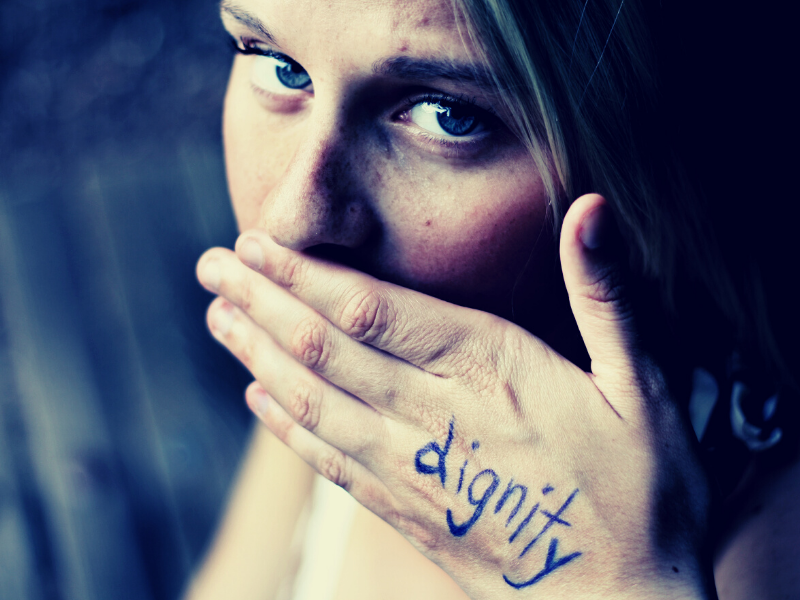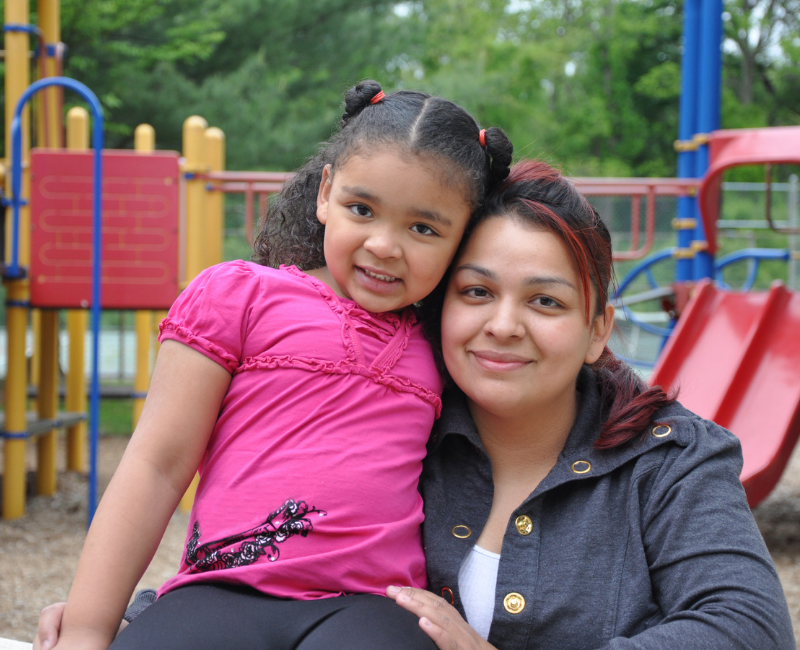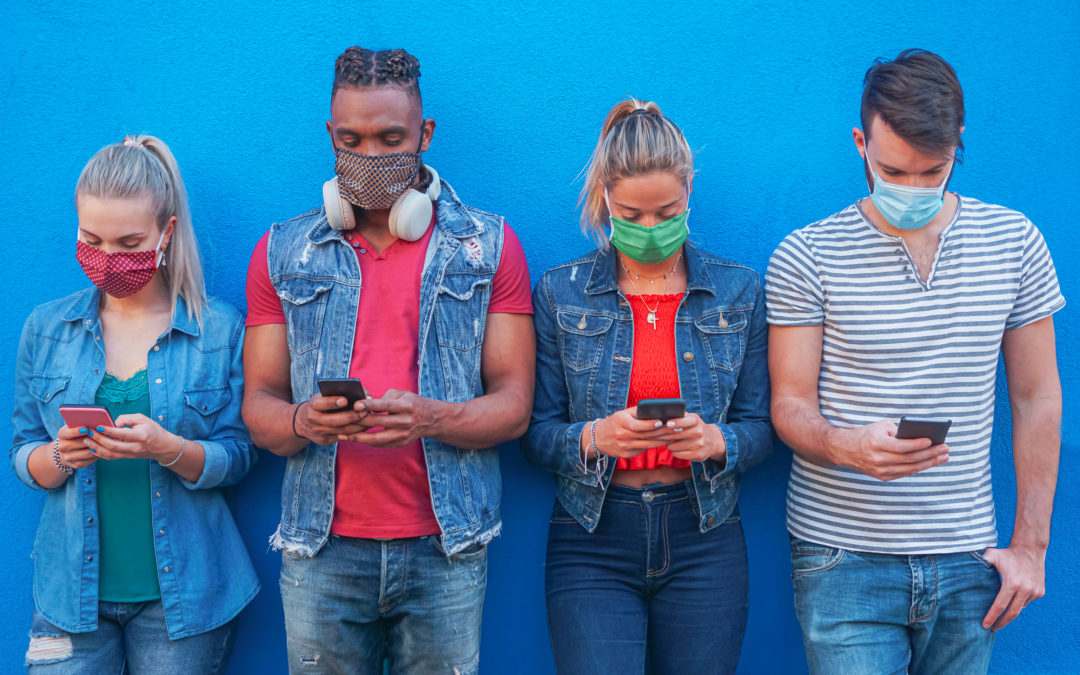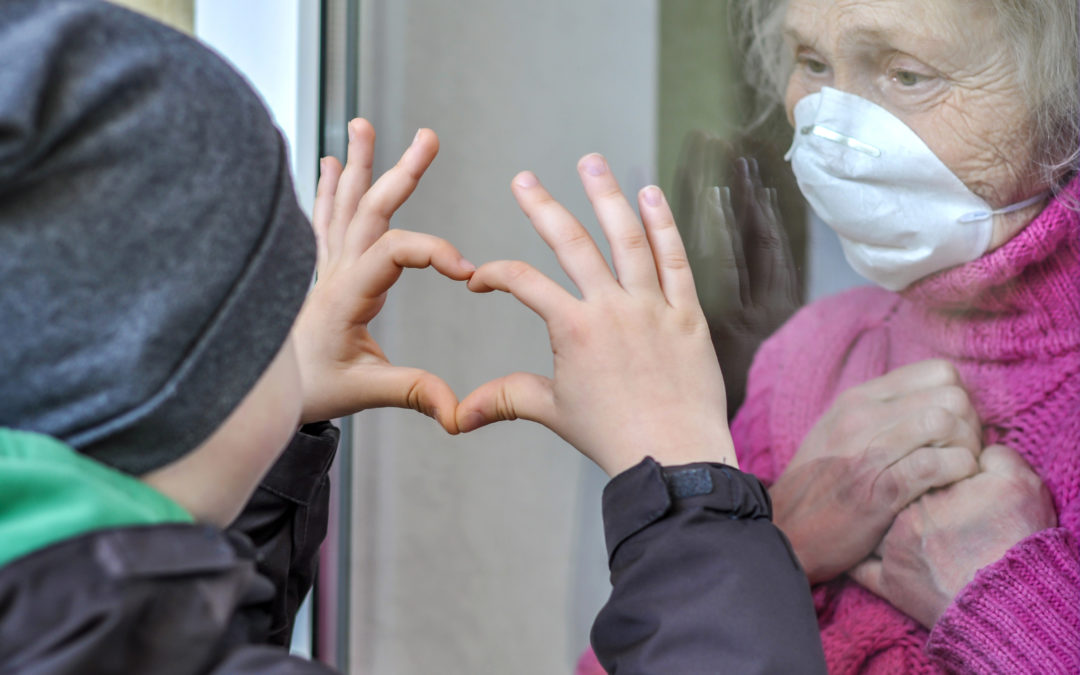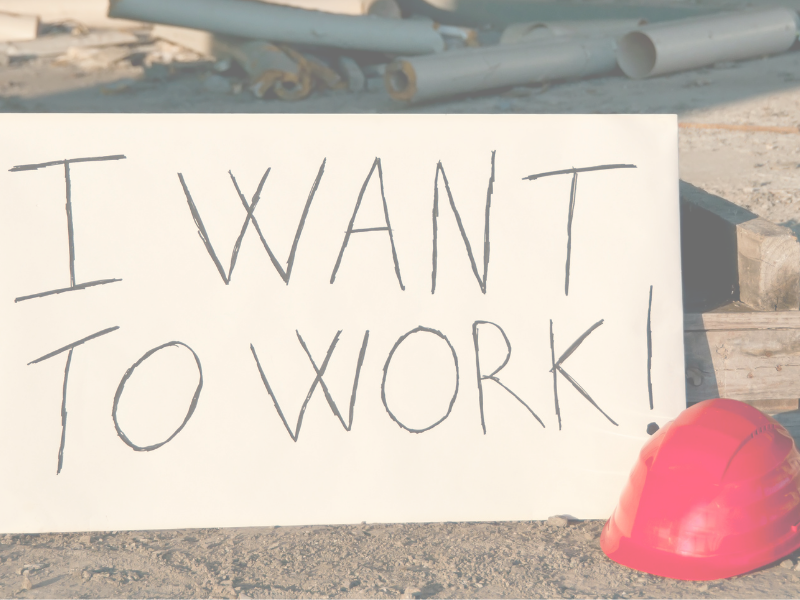
The Unintended Consequences of Generous Unemployment Benefits
The unintended consequences of generous unemployment benefits
By David Bass
This year has seen some of the most generous unemployment benefit checks since the Great Recession in 2007-2009—and with good reason. As the economic fallout from the COVID-19 pandemic has put 20 million Americans out of work, and over half-a-million right here in Georgia, the need for robust help is pressing.
Currently, the maximum weekly unemployment benefit available in Georgia is $665, a combination of $365 in state compensation and $300 in federal dollars (due to a recent executive order from President Trump). Earlier this year, the total package was even more generous at $965 due to $600 in federal unemployment checks (a benefit amount that expired on July 31).
This means that an unemployed individual could qualify for the equivalent of a $16.63 per-hour job right now. Not every worker will qualify for this maximum amount because unemployment insurance payments are based on recent earnings over a 52-week period. According to U.S. Department of Labor data, Georgia’s average unemployment is closer to $225 a week, for a combined value of $525 per week when mixed with federal dollars.
What’s more, the federal $300 per-week payments are only guaranteed for three weeks, although it is likely unemployed individuals will receive them for a longer period of time. Also, workers who are receiving less than $100 per week in state unemployment payments are ineligible for the $300 federal payments, meaning that many low-income, part-time, or seasonal workers will likely not qualify.
Do higher unemployment payments have unintended impacts?
These more generous unemployment payments raise an important question: Are there unintended consequences? The answer is clearly yes.
As scholars with the American Enterprise Institute have documented, generous unemployment checks contribute to both delays in workers re-entering the economy and ultimately the economic rebound itself. Workers are not to blame—if your only job options pay less than unemployment compensation, it makes sense to delay joining the workforce again. In many situations, this is the case: One analysis from the University of Chicago concluded that two-thirds of workers eligible for unemployment benefits would receive a benefit amount that exceeds their previous pay.
These unintended impacts are another example of a welfare cliff, the idea that welfare programs often punish efforts to work—due to dramatic drops or “cliffs” in benefits as a recipient’s income increases, even by just cents per hour. For more information on welfare cliffs, visit WelfareCliff.org.
Georgia employers are feeling the crunch
If our goal with unemployment insurance is to serve as a bridge for workers during hard times to propel them back into employment, then our current response is not working properly.
Buffalo Rock Pepsi in Columbus, Georgia, shared with the Georgia Center for Opportunity team that it has had a challenging time this year filling positions for warehouse workers and warehouse coordinators. The resulting shortage of workers has put a strain on existing staff.
Ankerpak—a third-party packaging, fulfillment, and storage facility also based in Columbus—is experiencing similar roadblocks. The company has struggled to fill assembly line positions, and it identifies the high value of unemployment benefits as a primary reason. “Due to challenges presented by lack of staffing, we are nearly 20 people short on a regular basis. We are unable to meet our customers’ demands and/or deadlines, putting us at risk of losing business during these trying times,” the Ankerpak team shared with us.
A way forward
We are not advocating against unemployment insurance or proposing cuts, but it’s clear the existing system has unintended negative impacts. Ultimately, the right question to ask is this: What is the purpose of a public service like unemployment insurance? If it is to truly be a safety net, we must address the problem of when a safety net becomes a snare to keep hard-hit populations trapped in cycles of poverty.
Any true solution to this problem must be local and homegrown. This is where Hiring Well, Doing Good (HWDG) comes in. HWDG connects local job seekers with the training and support needed to not just find a job, but a job that leads to a sustainable wage and a meaningful career. Cooperating on a local level, HWDG brings together individuals, companies, nonprofits, and other service providers to solve unemployment and help people achieve a flourishing life.
Ultimately, the goal of unemployment insurance should be as a bridge to return to the workforce. Local initiatives like HWDG are a catalyst for that return reentry into the labor force in a better job with an upward trajectory.
DISINCENTIVES FOR WORK AND MARRIAGE IN GEORGIA’S WELFARE SYSTEM
Based on the most recent 2015 data, this report provides an in-depth look at the welfare cliffs across the state of Georgia. A computer model was created to demonstrate how welfare programs, alone or in combination with other programs, create multiple welfare cliffs for recipients that punish work. In addition to covering a dozen programs – more than any previous model – the tool used to produce the following report allows users to see how the welfare cliff affects individuals and families with very specific characteristics, including the age and sex of the parent, number of children, age of children, income, and other variables. Welfare reform conversations often lack a complete understanding of just how means-tested programs actually inflict harm on some of the neediest within our state’s communities.
